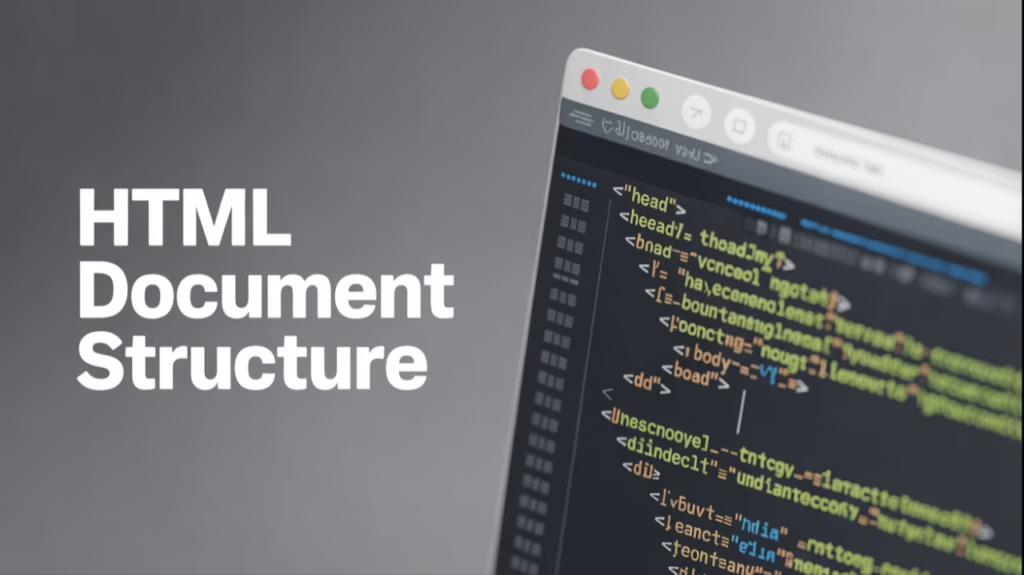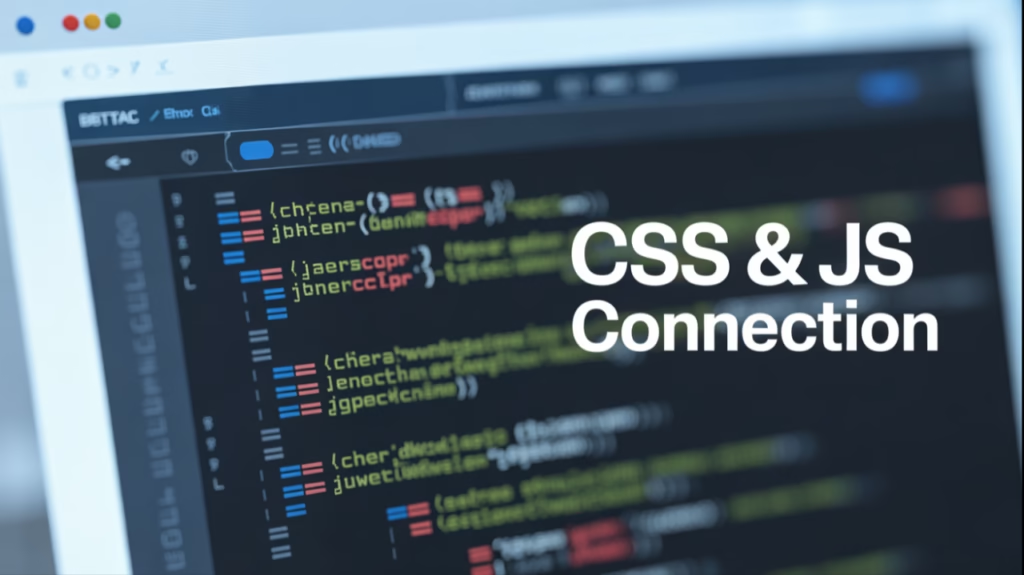Comprehensive Guide to Essential HTML Tags
HTML tags are the building blocks of web pages. They are used to create elements that define the structure and presentation of web content. Each tag serves a specific purpose, such as displaying text, creating links, or embedding images and videos. Understanding these tags is crucial for anyone looking to build or modify a website. … Read more







